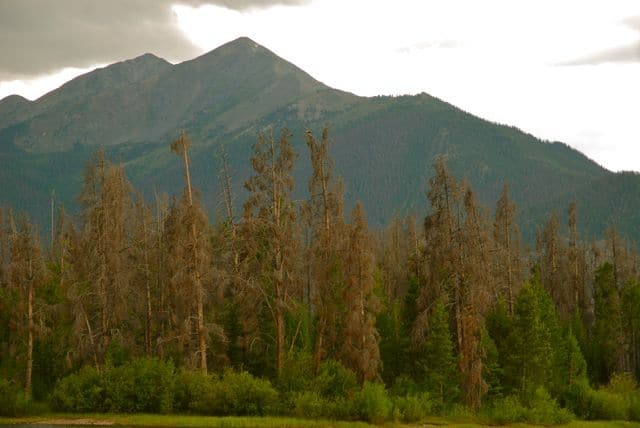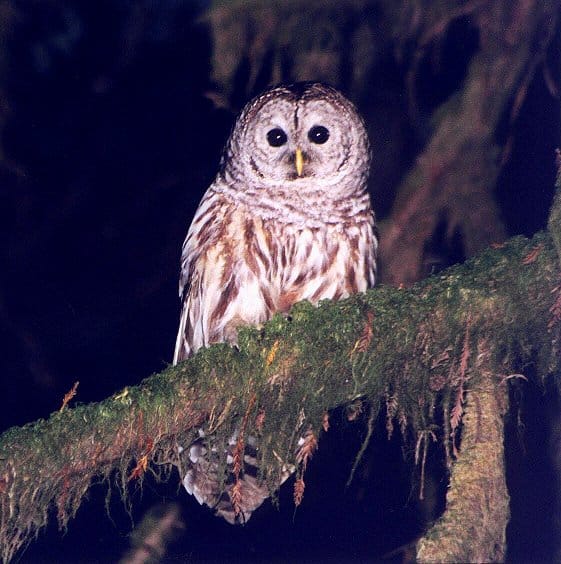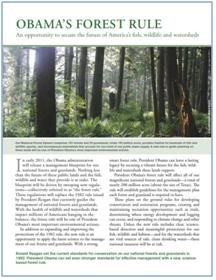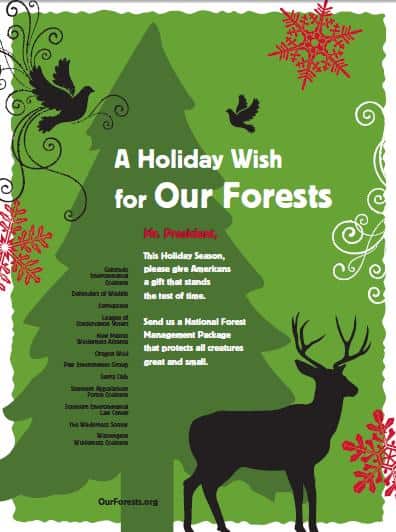The above chart is from the Convention on Biological Diversity website here.
My question: do we really understand what requiring maintenance and restoration of ecosystem diversity means under 219.9 ? At least we have some idea of what vertebrate species are or aren’t (except for them crossing with each other, but at least that is something concrete and observable (genetically, at least)).
From the proposed rule:
(a) Ecosystem Diversity. The plan must include plan components to maintain or restore the structure, function, composition, and connectivity of healthy and resilient terrestrial and aquatic ecosystems and watersheds in the plan area, consistent with § 219.8(a),
to maintain the diversity of native species.
I had a definition of ecosystem composition in my head, but here are a couple from the internet.. I italicized the composition-relevant parts. Caveat: I did not independently track these to their origins, but simply copied from this site.
# Edward Grumbine, “Ghost Bears: Exploring the Biodiversity Crisis,” 1993:
“There is much more to biodiversity than the numbers of species and kinds of ecosystems. Ecologist Jerry Franklin portrays ecosystems as having three primary attributes: composition, structure, and function.
Ecosystem components are the inhabiting species in all their variety and richness. Many different species, gene-pool abundance, and unique populations are what most people think of when they hear the term “biodiversity”. But there is much more to consider.
Ecosystem structure refers to the physical patterns of life forms from the individual physiognomy of a thick-barked Douglas-fir to the vertical layers of vegetation from delicate herbs to tree canopies within a single forest stand. An ecosystem dominated by old, tall trees has a different structure than one comprised of short, quaking aspen. And there is more structure in a multilayered forest (herbs, shrubs, young trees, canopy trees) than in a single sagebrush grassland, prairie, or salt marsh…
Ecosystem functions are hard to see in action. “You can’t hug a biogeochemical cycle,” says one ecologist. But without the part of the carbon cycle where small invertebrates, fungi, and microorganisms work to break down wood fiber, the downed logs in an ancient forest would never decay. Natural disturbances also play a role. Wildfires release nutrients to the soil, weed out weak trees, and reset the successional clock. The energy of falling water creates spawning beds for salmon even while it carves a mountain’s bones. Plants breathe oxygen into the atmosphere. Ecological processes create landscapes and diverse environmental conditions out of life itself.
Ecosystem components, structures, and functions are all interdependent. To understand biodiversity, one has to think like a mountain and consider not only the biotic elements of plants, animals, and other living beings, but also the patterns and processes that shape volcanoes and forests.”
# Reed Noss, “Indicators for Monitoring Biodiversity: A Hierarchical Approach,” Conservation Biology 4(4):355-364. 1990:
“Biodiversity is not simply the number of genes, species, ecosystems, or any other group of things in a defined area…A definition of biodiversity that is altogether simple, comprehensive, and fully operational (i.e. responsive to real- life management and regulatory questions) is unlikely to be found. More useful than a definition, perhaps, would be a characterization of biodiversity that identifies the major components at several levels of organization.
…(C)omposition, structure, and function…determine, and in fact constitute, the biodiversity of an area. Composition has to do with the identity and variety of elements in a collection, and includes species lists and measures of species diversity and genetic diversity. Structure is the physical organization or pattern of a system, from habitat complexity as measured within communities to the pattern of patches and other elements at a landscape scale. Function involves ecological and evolutionary processes, including gene flow, disturbances, and nutrient cycling.”
It’s pretty clear from the preamble that species are not included in the ecosystem definition in the proposed rule, although the usage of the term generally of “ecosystem composition” may include species as one of the components.
Here’s the preamble, which is very clear.
Ecosystems are described in terms of their composition (vegetation types, rare
communities, aquatic systems, riparian systems); structure (vertical and
horizontal distribution of vegetation, stream habitat complexity, and riparian
habitat elements); function (processes such as stream flows, nutrient cycling,
and disturbance regimes); and the connection of habitats (for breeding,
feeding, or movement of wildlife and fish within species home ranges or
migration areas). Healthy ecosystems are indicated by the degree of ecological
integrity related to the completeness or wholeness of their composition,
structure, function, and connectivity.
Nevertheless, I have to wonder if we have moved from an interest in the concrete vertebrates to being responsible for aspects of the ecosystem we don’t even know, understand, and possibly can’t measure. Will we have case law around maintenance of nutrient cycling? Disturbance regimes? How are we supposed to maintain or restore them if they are changed through climate change? This section bristles with a variety of potential legal hooks and complex analytical and monitoring requirements.







